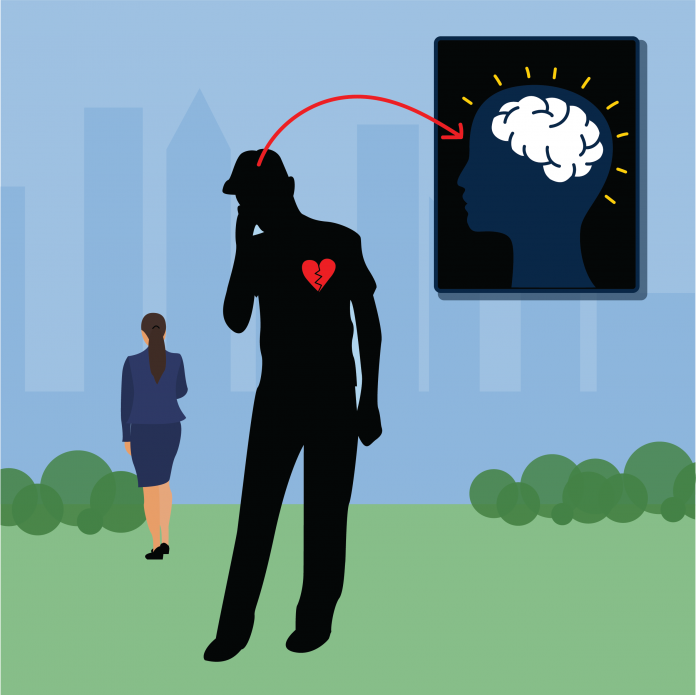A UC Davis study found that increased electrical activity and blood flow occur in parts of the brain associated with identity, especially in adolescent girls
By KATIE HELLMAN — science@theaggie.org
It’s common for people to ruminate from time to time. When you ruminate, you repeatedly obsess over negative thoughts that aren’t typically conducive to solving a problem.
A UC Davis study has found that ruminating brains display different patterns on a functional MRI (fMRI) scan compared to those that are less prone to excessive worrying. This trend has been most prevalent in adolescent girls.
The study, published in the journal “Developmental Cognitive Neuroscience,” specifically aimed to evaluate the effects of social rejection and how they relate to neural responses. The participants consisted of 116 females aged 16 to 19 who were asked to self-report their tendency to ruminate after receiving fake positive and negative feedback from peers.
“Rumination is a significant risk factor for psychopathology in adolescent girls and is associated with heightened and prolonged physiological arousal following social rejection,” the study reads. “Results of this meta-analysis indicated that people with greater levels of rumination show heightened neural activity” in parts of the brain that “are hub regions of core default mode network (DMN) known to be engaged during self-related processing such as retrieving self-knowledge, experiencing self-conscious emotion, and retrieving autobiographical and episodic memory.”
To obtain these results, the study participants were asked to pick 30 photos of teenagers that they would feel comfortable talking to. While in the fMRI machine, which detects electrical activity and blood flow changes, the participants were then told which of the teenagers in the photos would and would not want to talk with them.
In the brain regions that define who we are as people, greater blood flow and electrical activity were identified when the girls were faced with rejection. This association was also stronger in the participants who had reported higher rumination tendencies.
Amanda Guyer, a professor in the Human Development and Family Studies Unit of the Department of Human Ecology, commented on how these brain patterns relate to specific ways of thinking.
“Some of [these patterns] are related to depression and anxiety and other tendencies such as low self-esteem,” Guyer said. “Some of the brain regions that we were looking at are involved with certain cognitive functions, like mentalizing and self-related kinds of thinking and processes.”
Another study published in PubMed aimed to determine possible relationships between rumination and psychopathology, including why people engage in repetitive negative thinking and how these behaviors can be helpful in identifying mental disorders.
“Rumination is not only related to depression, but is involved in the development and/or maintenance of a broad range of disorders, including post‐traumatic stress disorder (PTSD), anxiety disorders, insomnia, eating disorders, somatic symptom disorder, and substance use disorders,” the study reads.
Using these results, scientists can explore methods that alleviate the need to ruminate and improve overall mental health in affected individuals.
“A next step would be for us to address questions about what types of psychopathologies relate to these kinds of patterns in these kinds of conditions and situations,” Guyer said. “Does it carry over into specifically elevated depression symptoms or social anxiety symptoms? We could also look at not just pathologies, but also social competencies.”
Written by: Katie Hellman — science@theaggie.org





